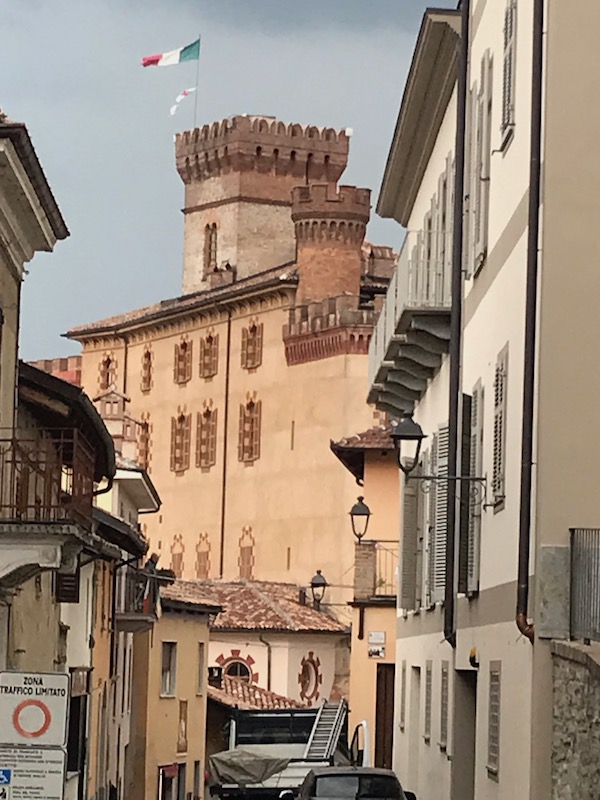Our Blog - Barolo, Italy
A fairly short blog entry but I wanted to talk about another type of wine. I don't remember really ever hearing about this wine before, but Barolo is an Italian DOCG (this is similar to the French AOP, which sets rules around what is required to call a wine a "Barolo"). It is made from a grape variety called the nebbiolo grape, and some articles have described it as one of Italy's greatest wines. While there are several communities that are all part of the Barolo wine zone, we went to the town of Barolo to try wines from a few places. Barolo is often described as having the aromas of tar and roses, and the wines are noted for their ability to age. In the past, Barolo wines tended to be rich in tannin. It can take more than 10 years for the wine to soften and become ready for drinking. Needless to say, the Barolo wines we bought went directly into our cellar downstairs.
Although production codes have always stipulated that vineyards must be located on hillsides, the most recent revision of the production code released in 2010 goes even further, categorically excluding valley floors, humid and flat areas, areas without sufficient sunlight, and areas with full-on northern exposures. Here you can see the vineyards on the hillsides.
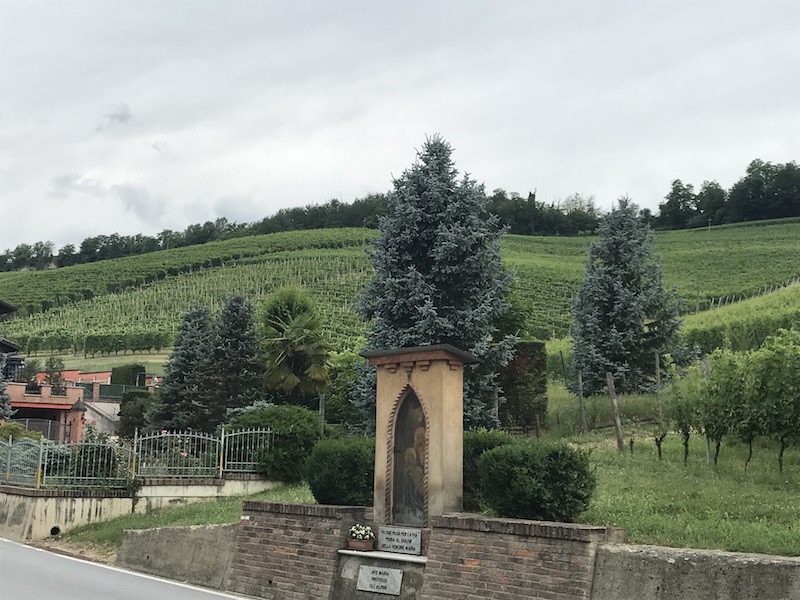

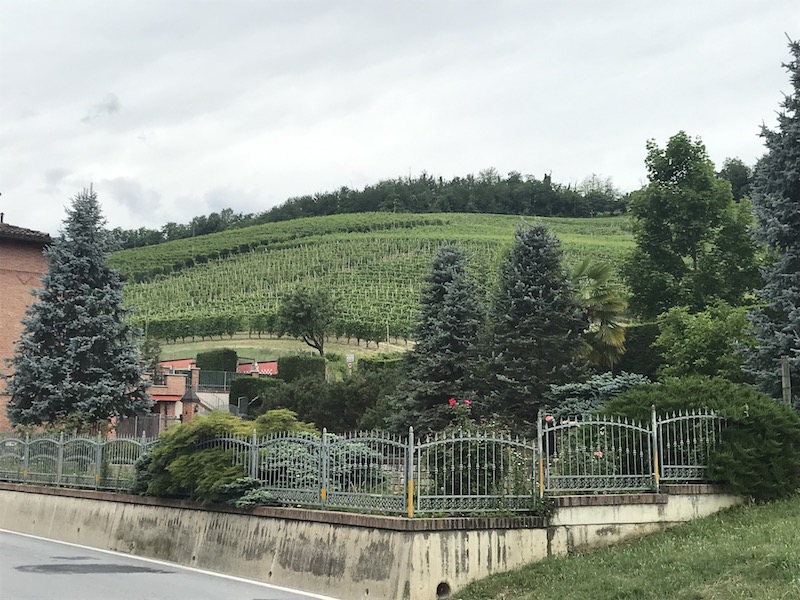
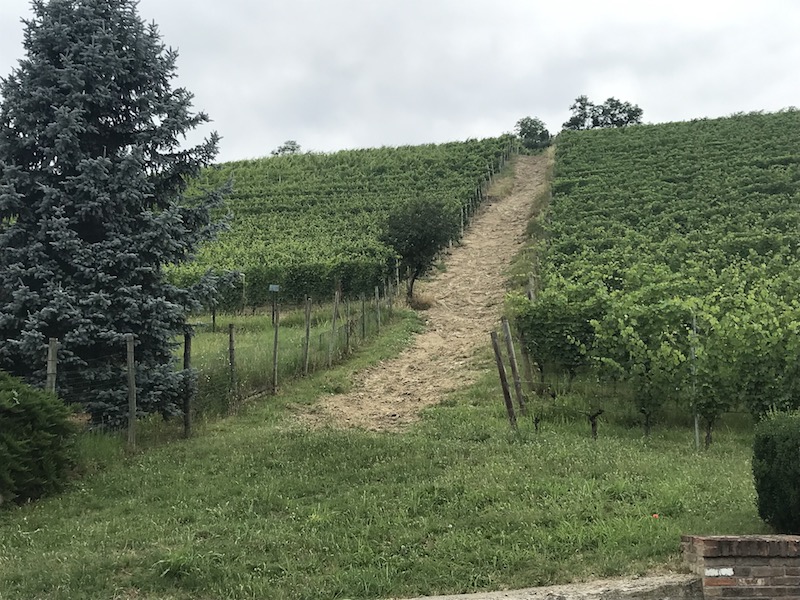
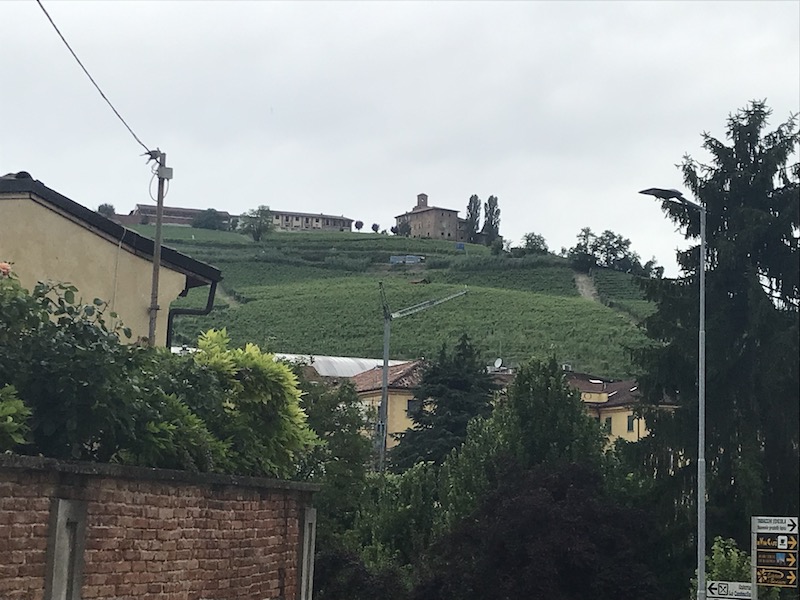
In order to appeal to more modern international tastes, that tend to prefer fruitier, earlier-drinking wine styles, several producers began to cut fermentation times to a maximum of ten days and age the wine in new small French oak barrels. "Traditionalists" have argued that the wines produced in this way are not recognizable as Barolo and taste more of new oak than of wine. The controversies between traditionalists and modernists have been called the "Barolo wars", and was actually shown in a 2014 documentary called "Barolo Boys. The Story of a Revolution".
This building is the Castello Comunale Falletti di Barolo, which houses the Wine Museum of Barolo. The first fortification was created in the 10th century and it passed to the Falletti family in the 13th century. It then got modified from a castle to more of a chateau, although you can still see the fortification towers.
